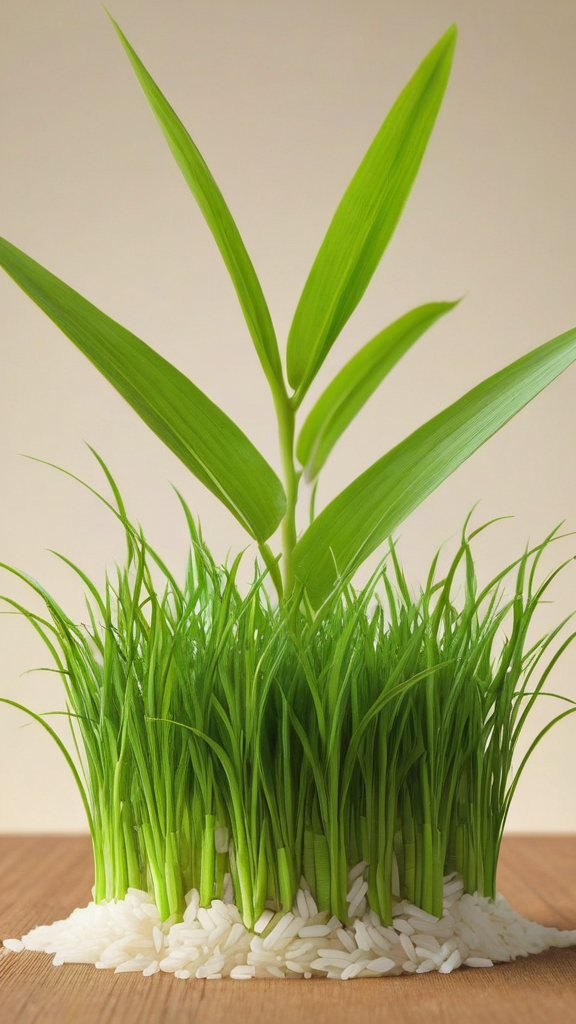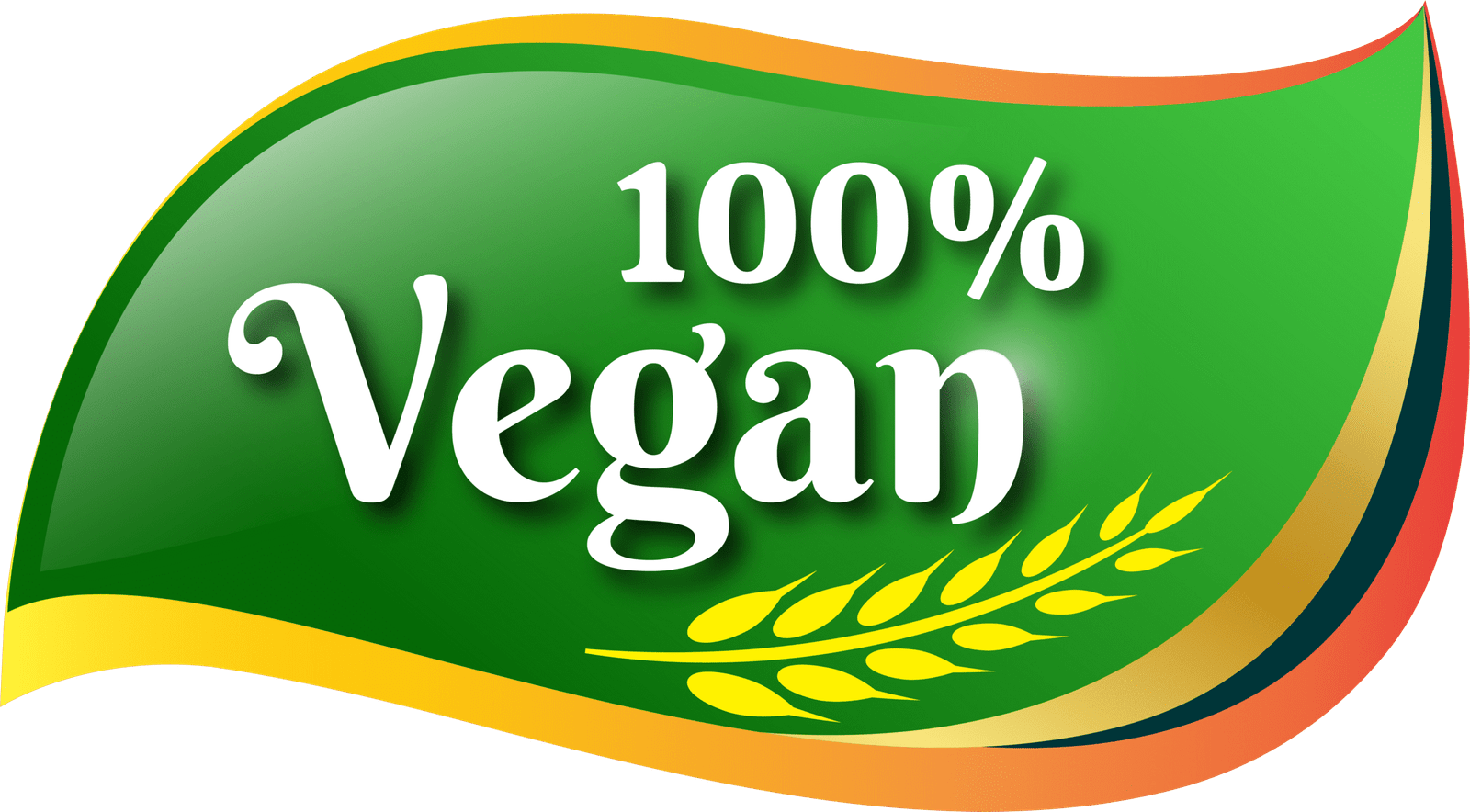The Best Fluffy Pancakes recipe you will fall in love with. Full of tips and tricks to help you make the best pancakes.

Is Rice Plant-Based? Simple Answer!
Is Rice Really Plant-Based? Understanding Its Nutritional Value and Role in Diets
When exploring dietary choices, one common question arises: Is rice really plant-based? To answer that simply, yes, rice is indeed a plant-based food. This staple is made from the seeds of the rice plant, which belongs to the grass family. However, to fully understand its nutritional value and role in diets, it is essential to dive deeper into what makes rice a crucial part of many meals worldwide.
Nutritional Value of Rice
Rice is primarily composed of carbohydrates, making it an excellent energy source for various diets. It comes in various types, each with its unique nutritional profile. Here’s a breakdown of the common types of rice and their nutritional content per 100 grams when cooked:
| Type of Rice | Calories | Carbohydrates (g) | Protein (g) | Fat (g) |
|---|---|---|---|---|
| White Rice | 130 | 28.6 | 2.7 | 0.3 |
| Brown Rice | 111 | 23.5 | 2.6 | 0.9 |
| Wild Rice | 101 | 21.3 | 4.0 | 0.3 |
| Jasmine Rice | 129 | 28.2 | 2.5 | 0.4 |
| Basmati Rice | 120 | 25.6 | 2.7 | 0.3 |
From this table, you can see that rice provides a significant source of energy. While it is low in fat and protein, it plays a vital role in many cuisines around the globe, acting as a vehicle for other ingredients, flavors, and nutrients.
The Role of Rice in Plant-Based Diets
Rice is often a cornerstone for plant-based diets. For vegetarians and vegans, it serves as a crucial source of carbohydrates. Additionally, it can complement various proteins such as beans, lentils, or tofu to create balanced meals. Here’s how rice benefits plant-based eating:
- Energy Source: With its high carbohydrate content, rice is perfect for fueling your body, especially if you’re active.
- Versatility: You can use rice in salads, stir-fries, soups, and as a side dish, making it easy to incorporate into your meals.
- Gluten-Free: Rice is naturally gluten-free, making it a safe option for those with gluten sensitivities.
- Affordability: Rice is generally inexpensive and readily available, making it a staple in households worldwide.
Different Types of Rice and Their Uses
Understanding the various types of rice can help you choose the right one for your meals. Here’s a brief overview of some common types:
- White Rice: Often considered the most basic, it has a soft texture and is commonly used in stir-fries and sushi.
- Brown Rice: This whole grain option keeps the bran layer intact, increasing fiber and nutrient content. It’s perfect for salads or as a hearty side.
- Wild Rice: Though a grass seed, it’s rich in protein and flavor. Wild rice is excellent in soups and mixed dishes.
- Jasmine and Basmati Rice: Both have a fragrant aroma and are often served with Asian and Middle Eastern dishes, respectively.
Many people think that rice lacks nutrients since it primarily offers carbohydrates. However, varieties like brown rice and wild rice provide additional fiber, vitamins, and minerals. Including these types in your diet can add significant health benefits.
Rice is more than just a carbohydrate; it plays an essential role in many diets, especially plant-based ones. Its versatility, energy content, and nutritional profile make it a valuable food choice. Whether you prefer your rice white, brown, or wild, you can easily find ways to incorporate this plant-based staple into your daily meals.
Exploring the Environmental Impact of Rice Production in Plant-Based Diets
Rice is a staple food for more than half of the world’s population. Many people incorporate it into their plant-based diets. However, have you considered the environmental impact of rice production? Understanding this can help you make informed choices about your meals. Let’s explore the various facets of how rice cultivation affects our planet.
The cultivation of rice has significant environmental implications, particularly concerning water usage, greenhouse gas emissions, and biodiversity. Here’s a breakdown of some key points to consider:
- Water Usage: Rice farming is highly water-intensive. Traditional methods often rely on flooded fields, consuming vast amounts of water. In fact, about 2,500 liters are needed to produce just one kilogram of rice. This leads to concerns about water scarcity in many regions.
- Greenhouse Gas Emissions: Methane emissions from rice paddies contribute notably to global warming. While rice plants naturally produce methane during anaerobic decomposition in waterlogged conditions, efforts to switch to more sustainable practices can help mitigate this.
- Biodiversity Loss: Large-scale rice production can harm local ecosystems. When fields are expanded, they sometimes encroach upon habitats, leading to a decline in local flora and fauna.
Interestingly, different rice farming methods can have different environmental impacts. Let’s examine some of these methods:
| Farming Method | Environmental Impact |
|---|---|
| Conventional Flooded Rice | High methane emissions and excessive water use |
| Alternate Wetting and Drying (AWD) | Reduces water usage by up to 30% and lowers methane emissions |
| Organic Rice Farming | Promotes biodiversity and improves soil health, but yields may be lower |
While rice might fit neatly into your plant-based diet, it’s essential to recognize its impacts on the earth. Sustainable farming techniques can reduce the environmental footprint of rice production. Here are some practices that farmers can adopt for more sustainable rice cultivation:
- Improved Irrigation Techniques: Utilizing methods like AWD can maintain soil moisture while conserving water. This method involves alternating between wet and dry periods.
- Crop Rotation: Planting rice in rotation with other crops can improve soil health and reduce pest infestations. This method also helps in maintaining nutrient balance.
- Integrated Pest Management (IPM): This approach minimizes chemical pesticide use by encouraging natural predators of pests. It helps sustain biodiversity in and around rice fields.
- Community Practices: Engaging local communities in sustainable practices helps raise awareness and motivates collective efforts towards reducing environmental impacts.
Shifting towards sustainable rice-growing methods not only helps our planet but can also lead to healthier rice that aligns well with plant-based diets. Consumers also play a vital role in this transition. Here are some tips you can follow when selecting rice:
- Choose organic or sustainably sourced rice whenever possible.
- Consider purchasing rice varieties that are grown using eco-friendly methods.
- Support brands that prioritize sustainability in their supply chain.
It’s clear that the environmental impact of rice production is complex. Awareness is the first step towards making better choices that benefit both your diet and the world. By understanding the sustainable practices available, you can contribute to a more eco-friendly approach to rice consumption.
These strategies into your choices helps promote a healthier planet. After all, a plant-based diet isn’t just about the foods we choose but also about the processes behind them. In the end, every small step counts towards creating a more sustainable future, advocating for smarter and more conscious choices regarding rice and other staples.
Conclusion
When considering whether rice is truly plant-based, it is essential to acknowledge its rich nutritional value and role in various diets around the globe. Rice serves as a staple food for billions, offering energy in the form of carbohydrates while being low in fat and cholesterol-free. This makes it an excellent choice for those pursuing plant-based lifestyles, whether for health, ethical, or environmental reasons.
Moreover, the environmental implications of rice production cannot be overlooked. While rice farming does present challenges, such as water usage and methane emissions, innovation and sustainable practices are being adopted to mitigate these impacts. This means that if you are looking to maintain a plant-based diet, selecting responsibly sourced rice can contribute positively to your nutritional goals while being mindful of the environment.
Rice can certainly be classified as plant-based due to its origin, nutritional benefits, and versatility in meals. By incorporating it mindfully into your diet and supporting sustainable farming practices, you can enjoy this delicious grain while also making thoughtful choices for your health and the planet. Whether served as a side dish, a base for stir-fries, or a comforting rice bowl, rice holds a significant place in plant-based eating. Embrace the benefits of this versatile food as part of a balanced, conscientious diet.

